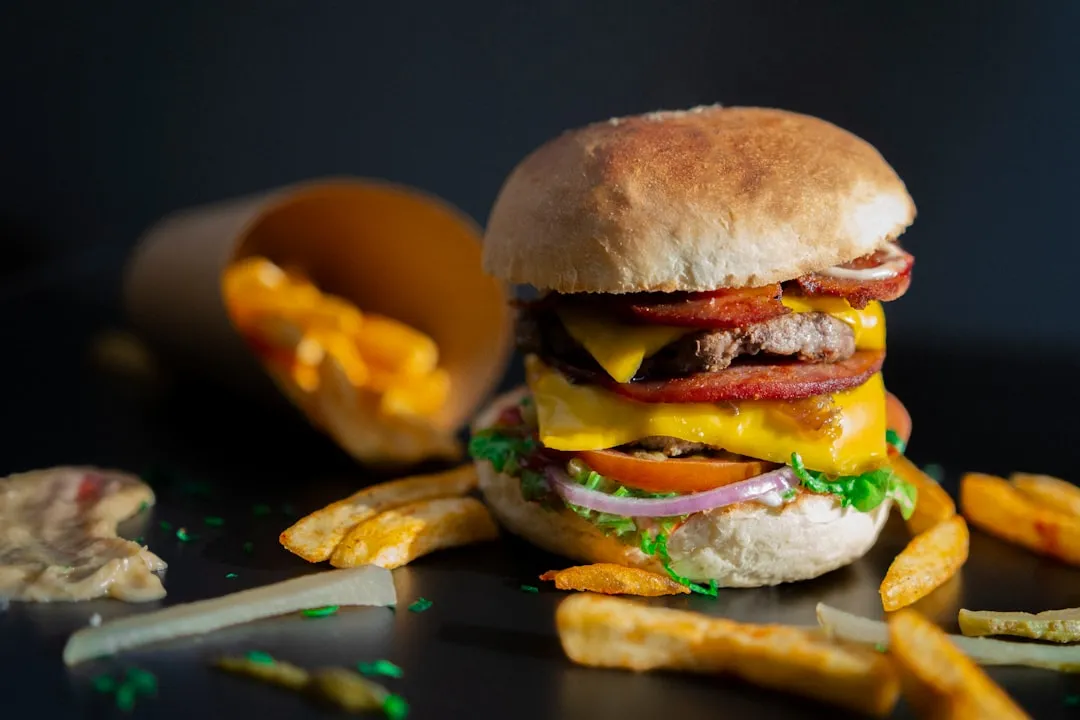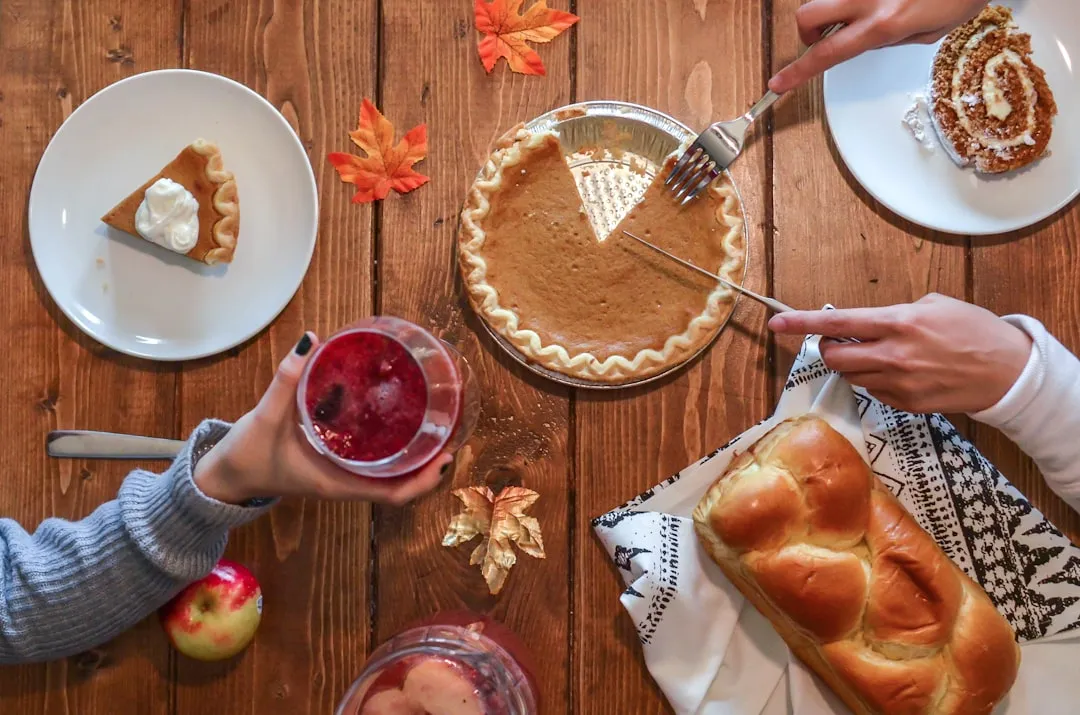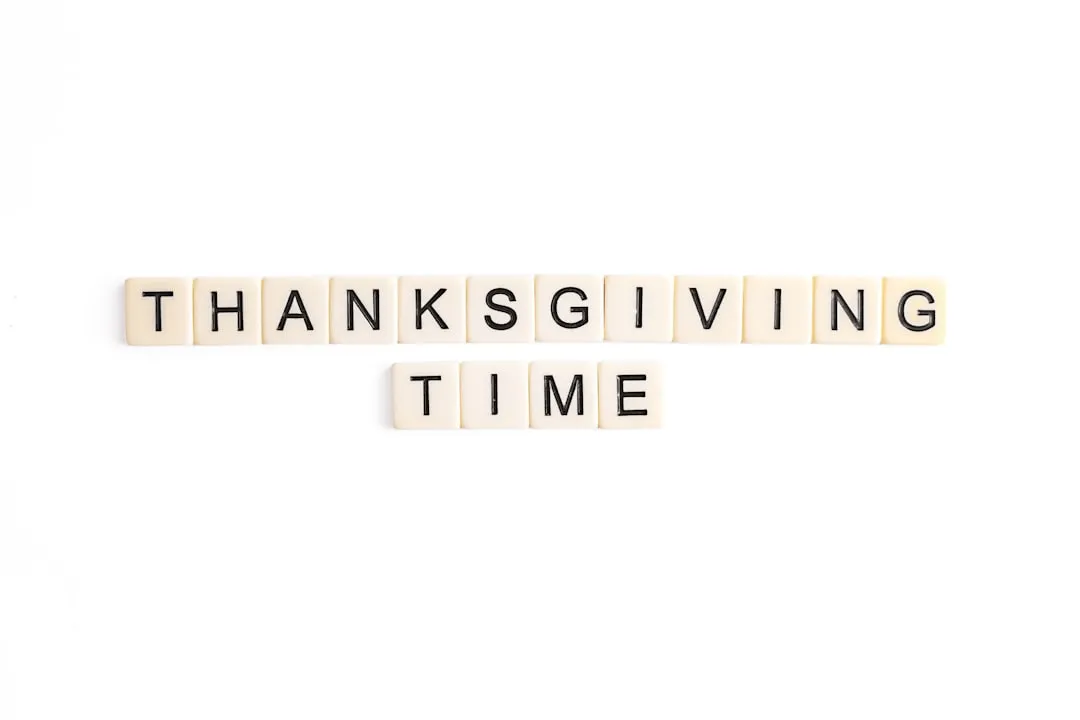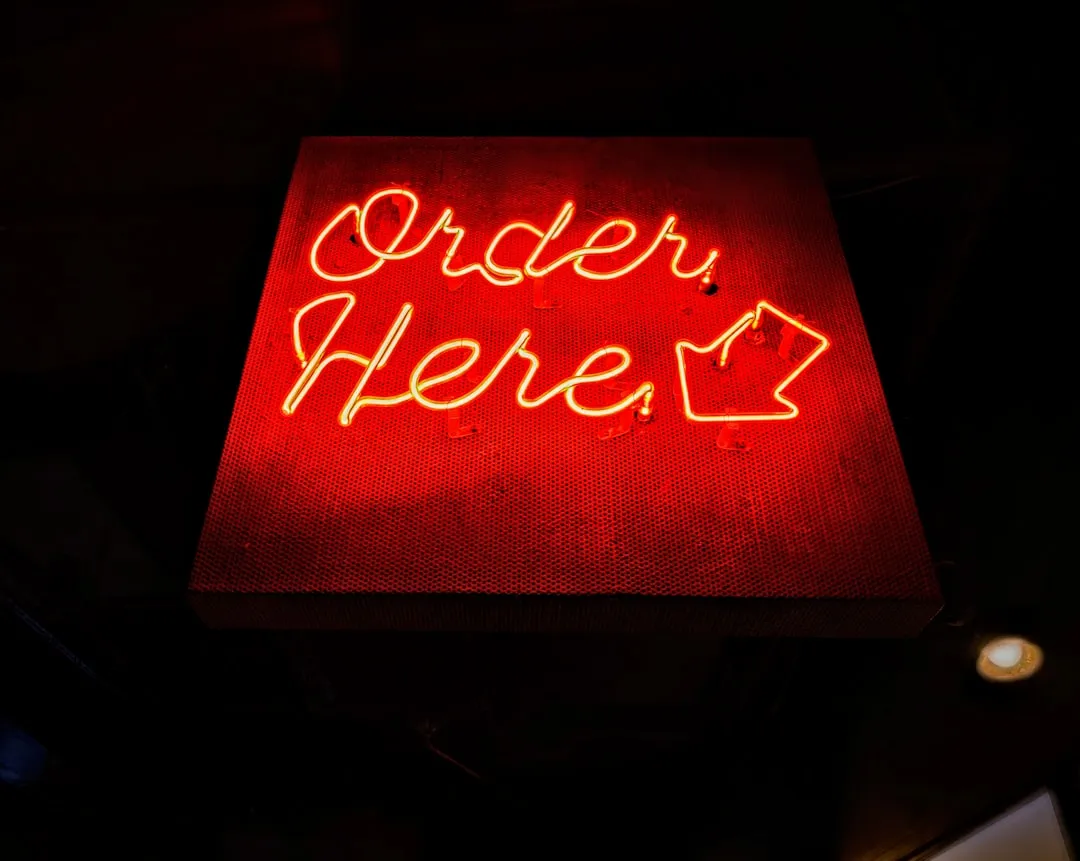Transform Grimy Baking Sheets to Brand New in 30 Minutes (For Under $2)
Difficulty: Novice
Time: 30 minutes (active cleaning time)
Cost: ~$2
Why You'll Like This (Quick Intro)
Looking at those grimy baking sheets and wondering if they'll ever shine again? You're definitely not alone. Those burnt-on stains and stubborn grease marks are one of those kitchen challenges that make you want to just throw in the towel (House Digest). But here's the good news: you don't need expensive cleaners or marathon scrubbing sessions to get your sheets looking like new again. Simple pantry staples can tackle even the most stubborn messes (House Digest), and with the right approach, you'll have sparkling clean pans in about 30 minutes of actual work time.
What You'll Need
Materials
- Baking soda (you'll use about 1/2 cup total)
- White distilled vinegar
- Hydrogen peroxide (for tough stains)
- Gentle dish soap
- Warm water
Tools
- Kitchen sponge (with scrubbing side)
- Measuring cups
- Spray bottle (or just pour from the container)
- Bristle brush (for stubborn spots)
Safety First
- Work in a well-ventilated area when using hydrogen peroxide
- Wear gloves to protect hands from prolonged contact with cleaning solutions
- Never mix different cleaning products together
- Test any method on a small, inconspicuous area first if you're unsure about your pan's finish
Steps
-
Start with the fizzing powerhouse combo. Sprinkle baking soda generously over your pan, covering all the stained areas (House Digest). Pour white vinegar over the baking soda and watch it bubble to life—this chemical reaction creates carbonic acid that breaks down protein-based stains while the mechanical bubbling action lifts particles from the surface.
- Tip: Add extra baking soda to the really stubborn spots—they need the extra cleaning power.
-
Let chemistry do the heavy lifting. Allow this fizzing mixture to work for about 20 minutes (House Digest). During this time, the bubbling action breaks down grease and grime naturally (House Digest), penetrating deep into multiple layers of buildup.
- Visual cue: You'll know it's working when you see brown liquid lifting from the edges of stains.
-
Scrub and rinse clean. Use a sponge to scrub the loosened grime (House Digest). Work in circular motions to avoid obvious scratching patterns. Rinse thoroughly with warm water (House Digest).
-
For stubborn stains that persist after the basic method, escalate to the overnight paste treatment. Mix three parts baking soda to one part warm water (House Digest). Spread this thick paste across your pan and let it work overnight—or just 30 minutes to an hour for lighter stains (House Digest). The extended contact time allows the paste to break down even the most stubborn buildup. Simply wipe away the dried paste and follow up with regular dish soap (House Digest).
-
When bubbling stops but stains remain, deploy the heat treatment for maximum intensity. Sprinkle baking soda over your pan, add a few drops of gentle dish soap, then carefully pour freshly boiled water over everything (House Digest). The mixture will fizz and bubble as it works (House Digest). Let it sit for up to an hour, then scrub with a bristle brush (House Digest). Heat activates the cleaning process by helping break down oils that have polymerized from repeated high-temperature baking.
Why it works: The acid-base reaction creates carbonic acid that specifically targets protein-based stains, while the baking soda provides gentle abrasive action. Heat accelerates this chemical breakdown and helps dissolve oils that have become baked-on over time.
Cleanup & Disposal
- Rinse all cleaning residue thoroughly with warm water
- Store leftover baking soda and vinegar in their original containers
- Dispose of used cleaning mixtures down the drain with plenty of water
- Dry pans completely to prevent water spots and potential rust on aluminum
Troubleshooting
Problem: Stains won't budge after the basic treatment → Fix: Try the hydrogen peroxide method—mix with baking soda to create a paste, let sit for several hours or overnight (Better Homes & Gardens)
Problem: Non-stick coating feels rough after cleaning → Fix: You may have used too much abrasion—stick to gentle sponges only for non-stick surfaces (Better Homes & Gardens)
Problem: Aluminum pan looks tarnished → Fix: This is normal from dishwasher use—hand washing prevents this in the future (New York Times)
Variations & Upgrades
- For glass baking sheets: Try cornstarch and vinegar mixtures (House Digest)
- Aluminum pans only: Use crumpled foil as a scrubber for extra abrasive power (House Digest)
- Prevention mode: Line with foil or parchment paper before cooking—apply cooking spray to the liner rather than directly on the pan to prevent nearly impossible-to-remove buildup (All Recipes)
FAQ
Can I use steel wool on my baking sheets? Avoid steel wool on non-stick surfaces as it will damage the coating (Southern Living). For aluminum sheets, it's okay but can leave scratches.
Are dishwashers safe for my pans? Non-stick sheets can go in the dishwasher, but aluminum pans should be hand-washed only to prevent tarnishing (Southern Living).
Do I need to scrub back to bare metal? Not necessarily! Some seasoning on aluminum pans actually improves baking performance (New York Times)—you just want to remove food residue and excessive buildup.
Your Kitchen Rescue Plan is Ready to Go
These simple techniques prove you don't need a cleaning product arsenal to get professional results. The basic baking soda and vinegar method costs about $2 total and handles everything from light stains to seriously burnt-on messes (House Digest)—compare that to $8-12 for commercial cleaners that often come in wasteful plastic packaging. Regular cleaning with hot soapy water prevents most problems (New York Times), while the overnight paste treatment tackles the tough jobs when they do show up. Store your leftover baking soda in an airtight container and keep vinegar in a spray bottle for quick touch-ups between deep cleans. Remember that a bit of seasoning on aluminum pans can actually boost your baking game (New York Times)—you're not always aiming for that brand-new shine. Start with the basic fizzing method first, then work your way up to stronger treatments only if needed. Your baking sheets (and your budget) will thank you for this gentle but effective approach.
























Comments
Be the first, drop a comment!